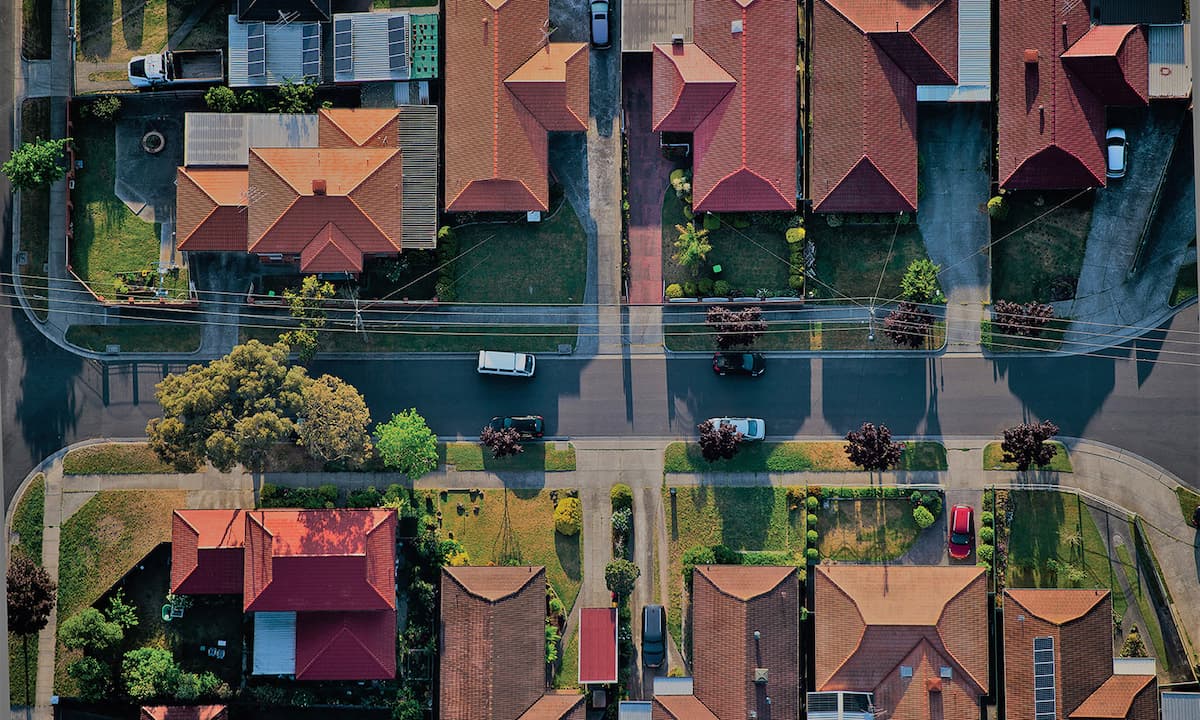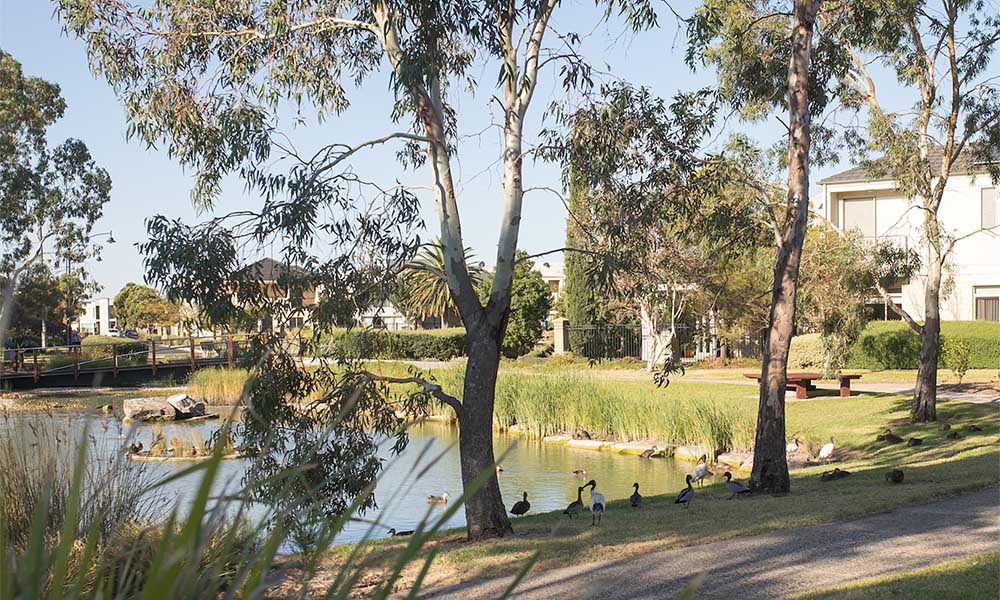Background
We need to rethink how we plan our cities to benefit health, wellbeing and sustainability and make them more liveable for everyone. New tools are needed to increase understanding about connections between local lived environments, city planning and their influence on health and wellbeing.
Solution
The Australian Urban Observatory is a digital liveability planning tool developed for decision-makers and the community to measure and map the liveability of neighbourhoods in Australian cities and create more liveable places through planning.
Impact
Liveability indicators included in the Australian Urban Observatory are being used by partners in local, state, and federal government decision-making positions across Australia in the development and evaluation of long-term health and wellbeing and strategic city planning.
Liveability indicators included in the Australian Urban Observatory are shaped by new research findings and continue to expand over time with new tools, resources and portal features constantly being developed and expanded over time.
Developing partnerships with decision makers and making the community aware of liveability resources available in the Australian Urban Observatory has been supported by the Urban Futures Platform and critical to project impact. Associate Professor Melanie Davern, Director of the AUO is also supported by an RMIT University Vice Chancellor’s Research Fellowship.
Support
Most recently, the Urban Futures Platform has provided support for the Australian Urban Observatory to partner with the Geography Teachers of Victoria in the development of liveability curriculum materials for secondary students and teachers in Years 7, 9 and 10. Liveability is taught in humanities and geography curriculum and these materials will make it easier for secondary teachers and students to engage with liveability research and showcase potential applied geography, health and urban planning careers.





